L’uso di scavare tombe nella roccia è diffuso in tutta l’sola e testimonia la bravura degli artigiani che con pochi rozzi strumenti riuscivano a ricavare nelle rocce di arenaria o trachite la sede per ospitare e custodire le spoglie mortali. Sulle pareti venivano scolpiti simboli religiosi o rappresentazioni schematiche della testa di toro che dovevano proteggere il sonno dei morti.
Ce ne sono circa 2000 in tutta la Sardegna e qui ne vedrete solo qualcuna..
Da notare "La Rocca" di Sedini unica nel suo genere, al punto da essere definita "la cattedrale delle domus de Janas": la prima è che si trova nella via principale del paese, all'interno del centro storico e non, come nella maggior parte dei casi, in luoghi sperduti o difficilmente raggiungibili; la seconda è che è stata realizzata in un enorme masso che si trova completamente in superficie e per questo motivo, probabilmente, viene considerata la più grande della Sardegna. La terza particolarità è che, pur avendo mantenuto una parte delle sue caratteristiche originali, nei secoli ha subito diverse trasformazioni ed utilizzazioni che l'hanno resa parte viva del paese: è stata prigione, luogo di ricovero per animali, negozio, sede di partito e abitazione privata. Una parte conserva intatta la struttura medievale, con il focolare scavato al centro della stanza nel pavimento roccioso e scale a chiocciola ricavate nella viva roccia.
The use of digging tombs in the rock is widespread throughout the island and testifies to the skill of the craftsmen who, with a few rough tools, were able to obtain the seat to house and guard the mortal remains in the sandstone or trachyte rocks. Religious symbols or schematic representations of the bull's head were carved on the walls to protect the sleep of the dead.
There are about 2000 throughout Sardinia and here you will only see a few ..
Note the unique 'La Rocca' of Sedini, to the point of being defined as 'the cathedral of the domus de Janas': the first is that it is located in the main street of the town, inside the historic center and not, as in the most of the cases, in remote or difficult to reach places; the second is that it was built in a huge boulder that is completely on the surface and for this reason, probably, it is considered the largest in Sardinia. The third peculiarity is that, despite having retained some of its original characteristics, over the centuries it has undergone various transformations and uses that have made it a living part of the country: it has been a prison, a place of shelter for animals, a shop, party headquarters and private residence. One part retains the medieval structure intact, with the hearth carved into the center of the room in the rocky floor and spiral staircases carved into the rock.

Bornova - San Andrea Priu
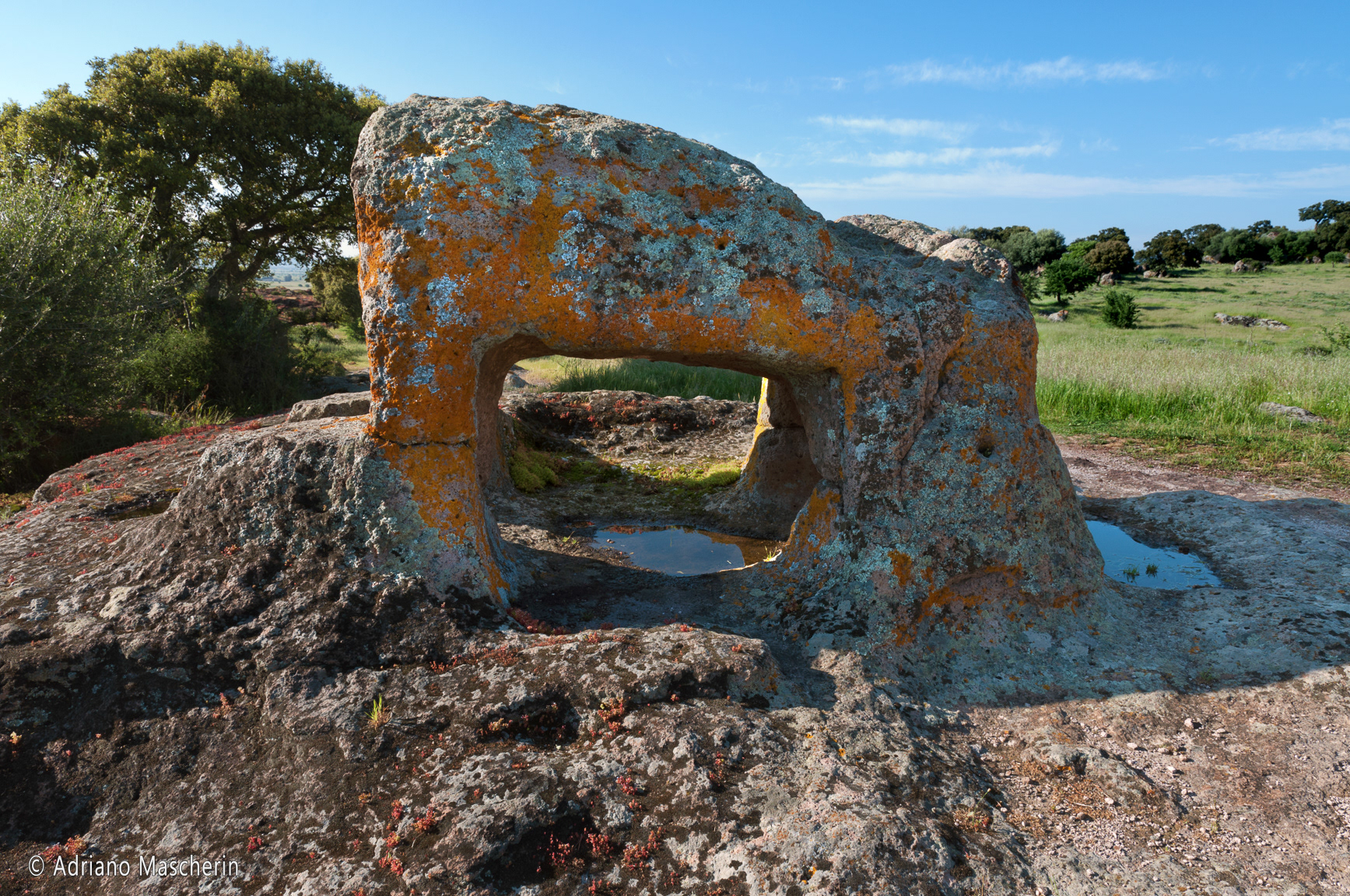
Bornova - San Andrea Priu il Toro
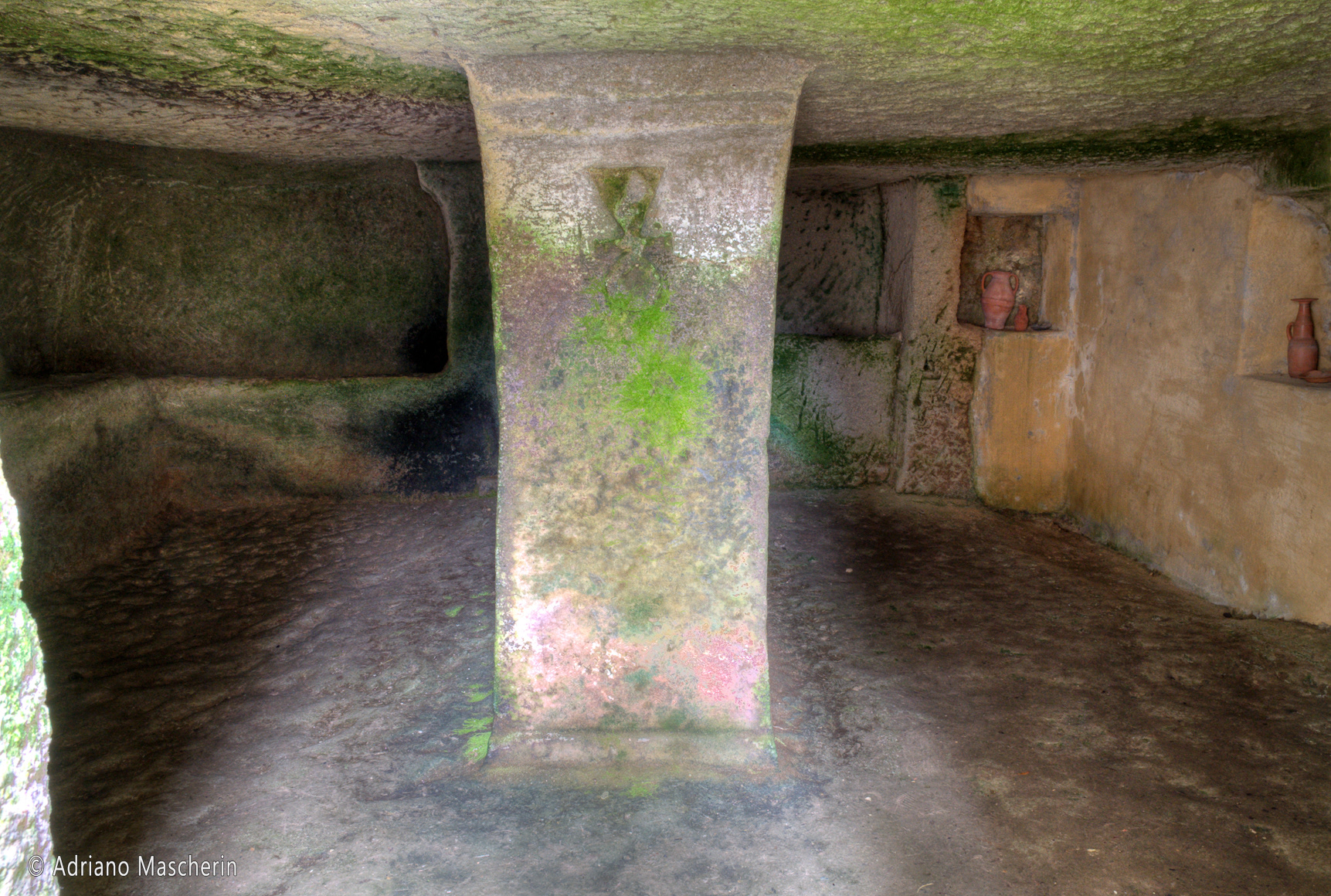
Carbonia - Monte Sirai
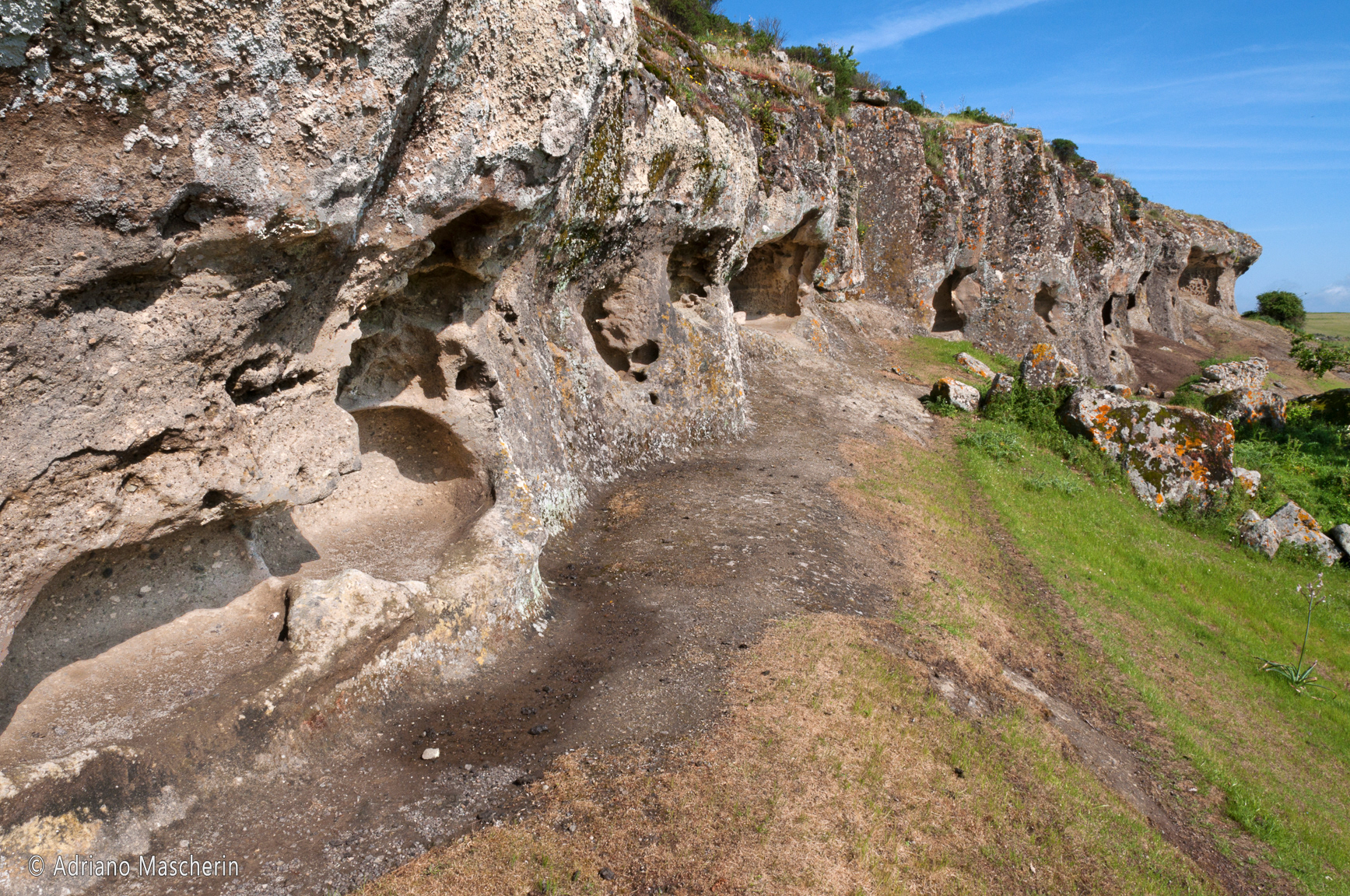
Bessude - Enas de Cannuja
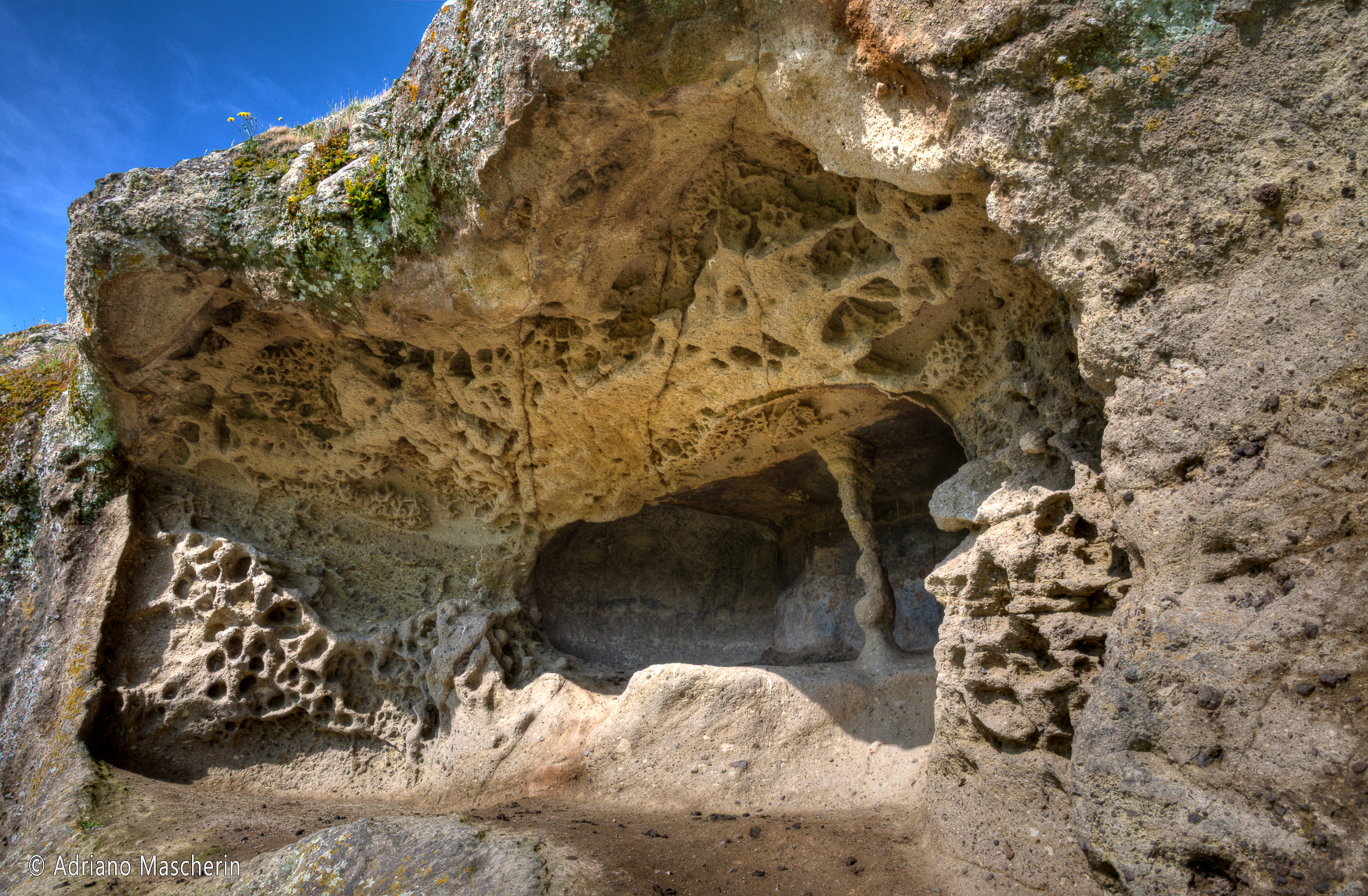
Bessude - Enas de Cannuja
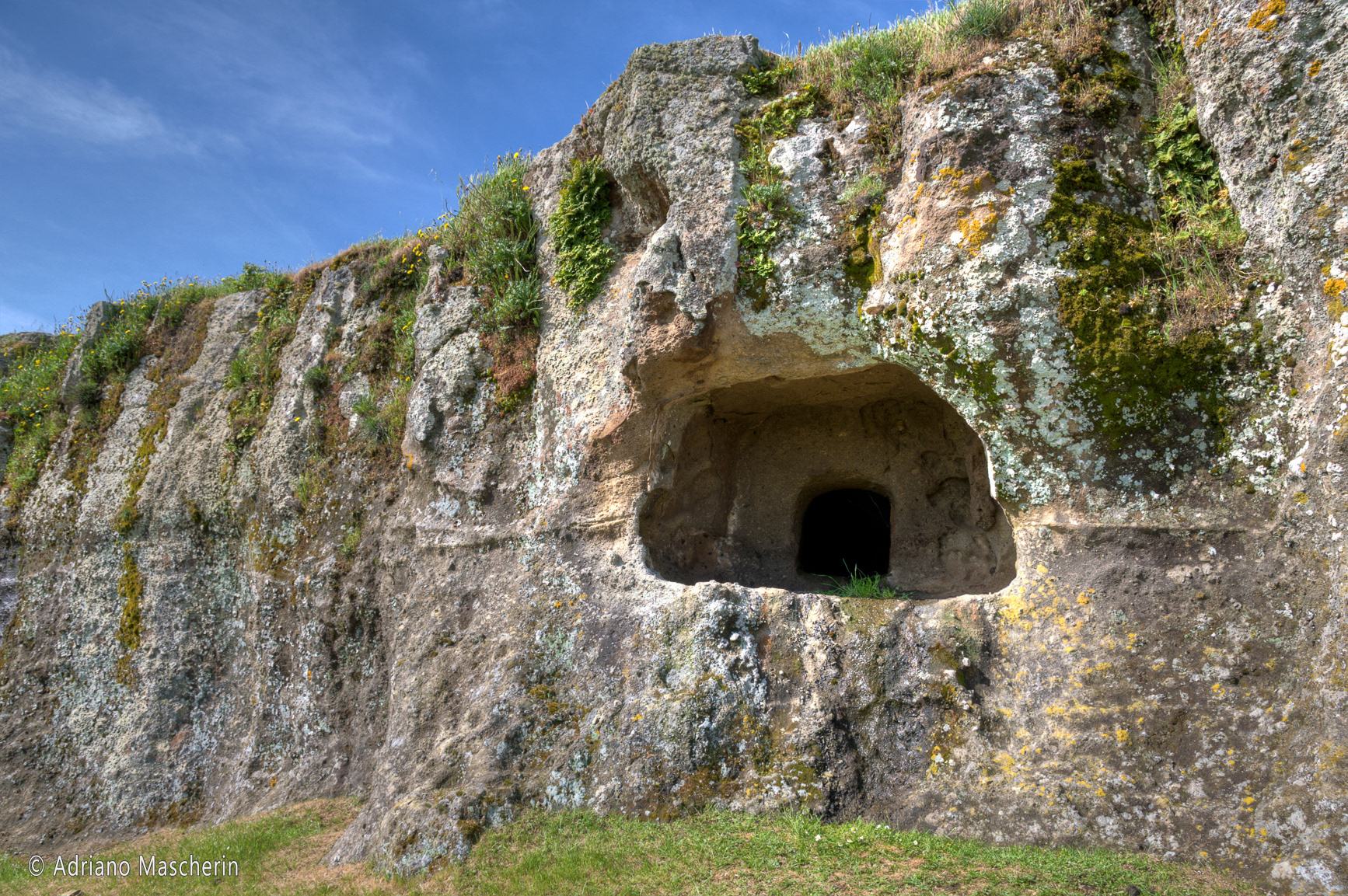
Bessude - Enas de Cannuja
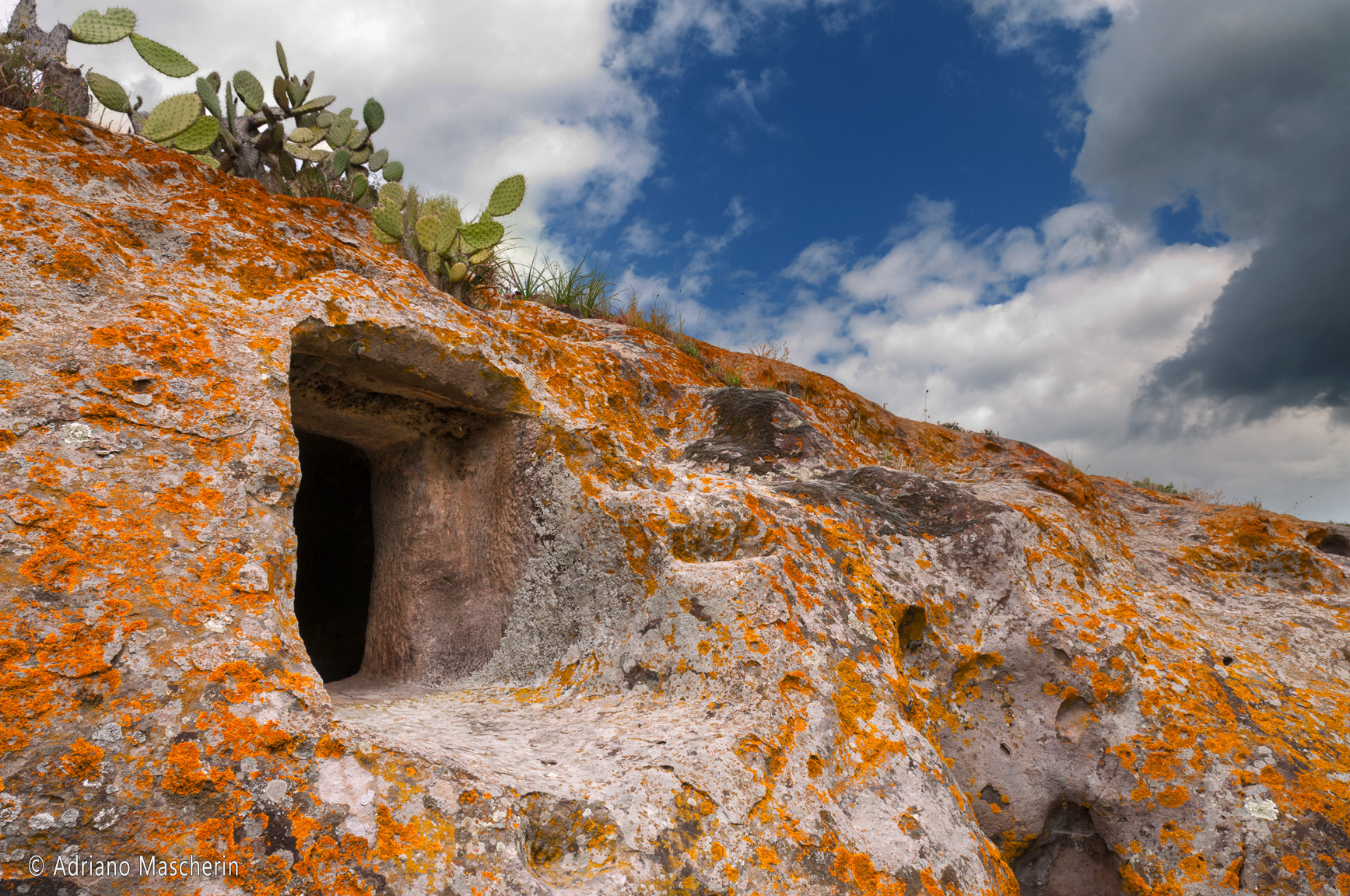
Oniferi - Sas Concas
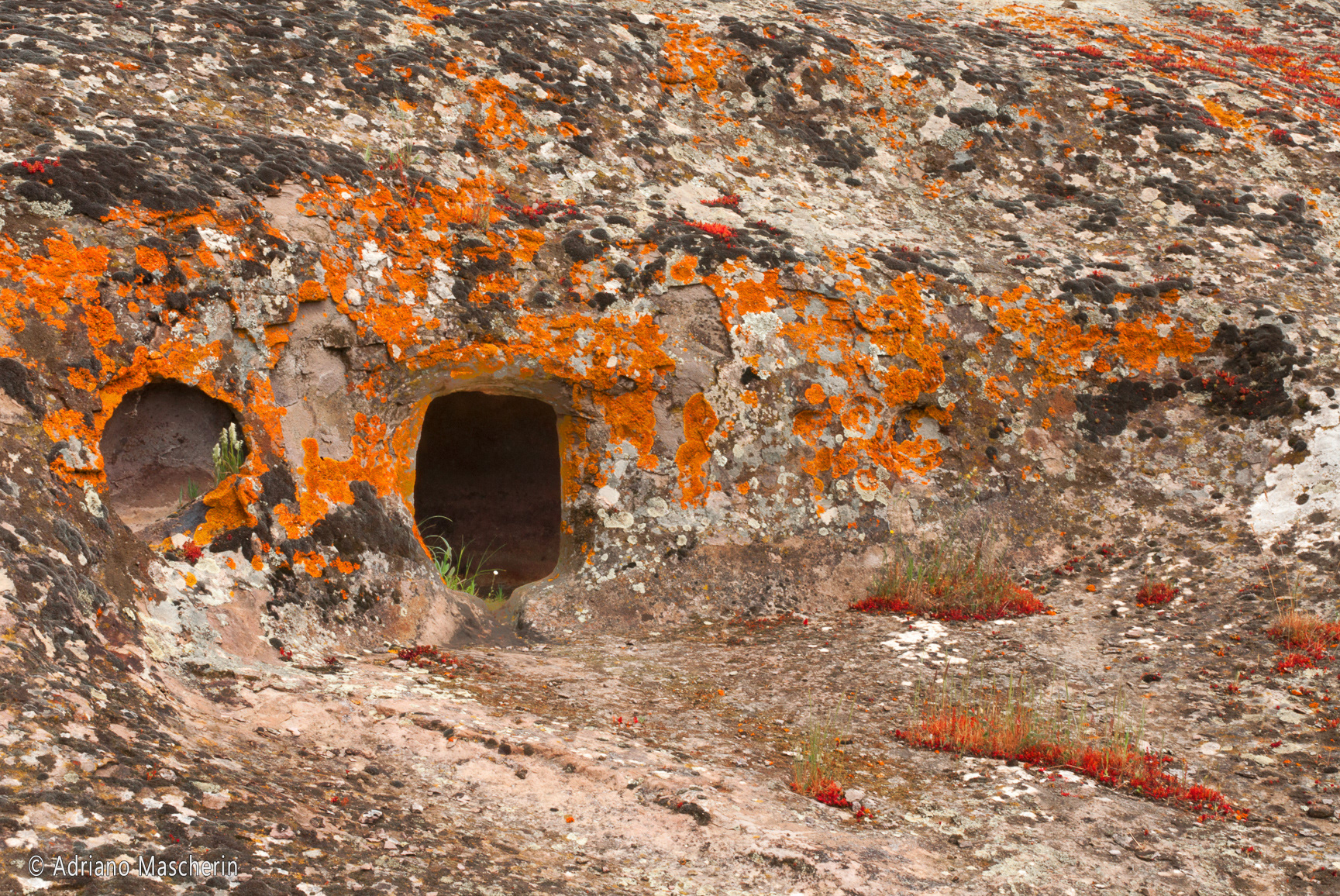
Oniferi - Sas Concas
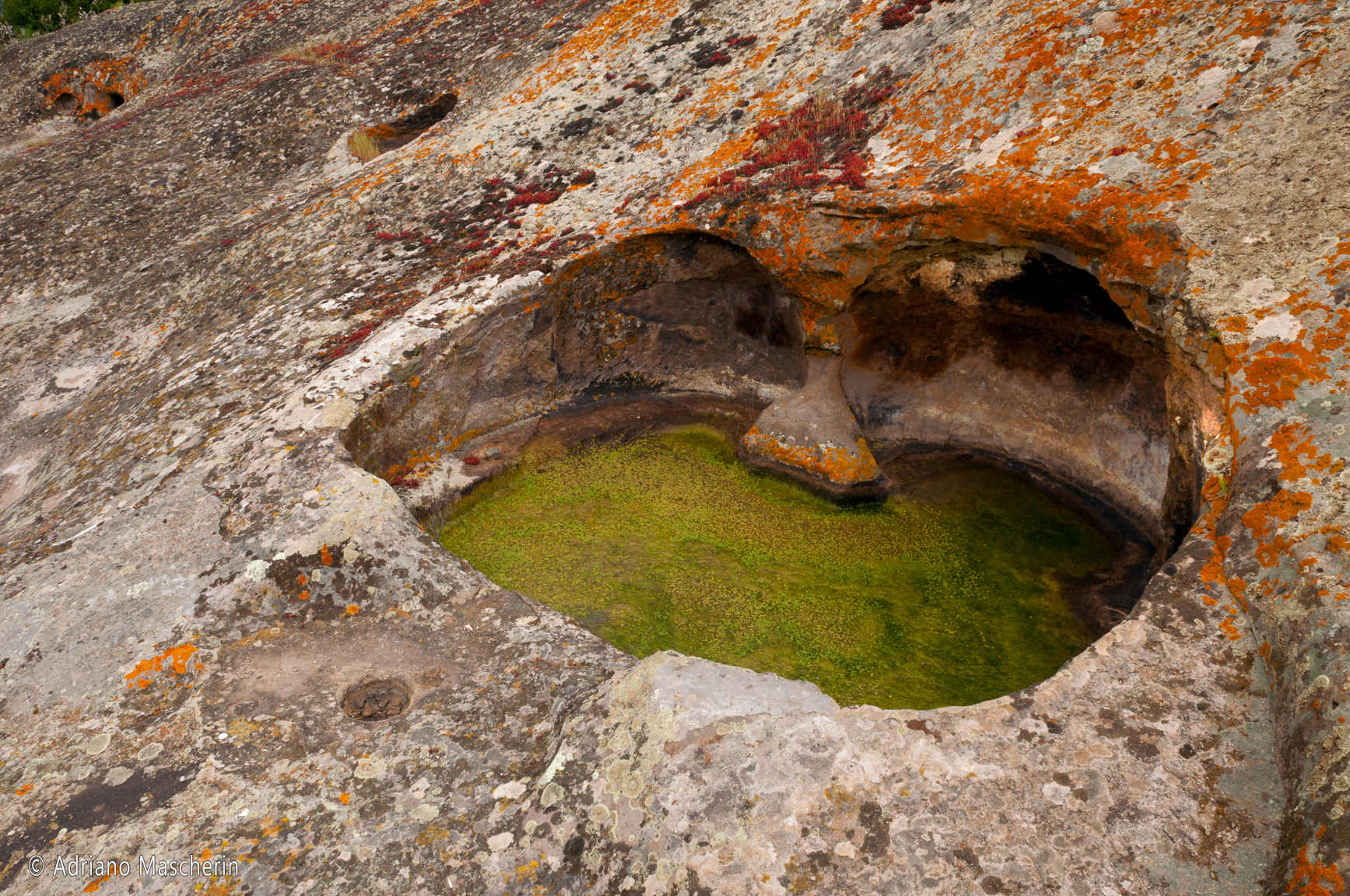
Oniferi - Sas Concas
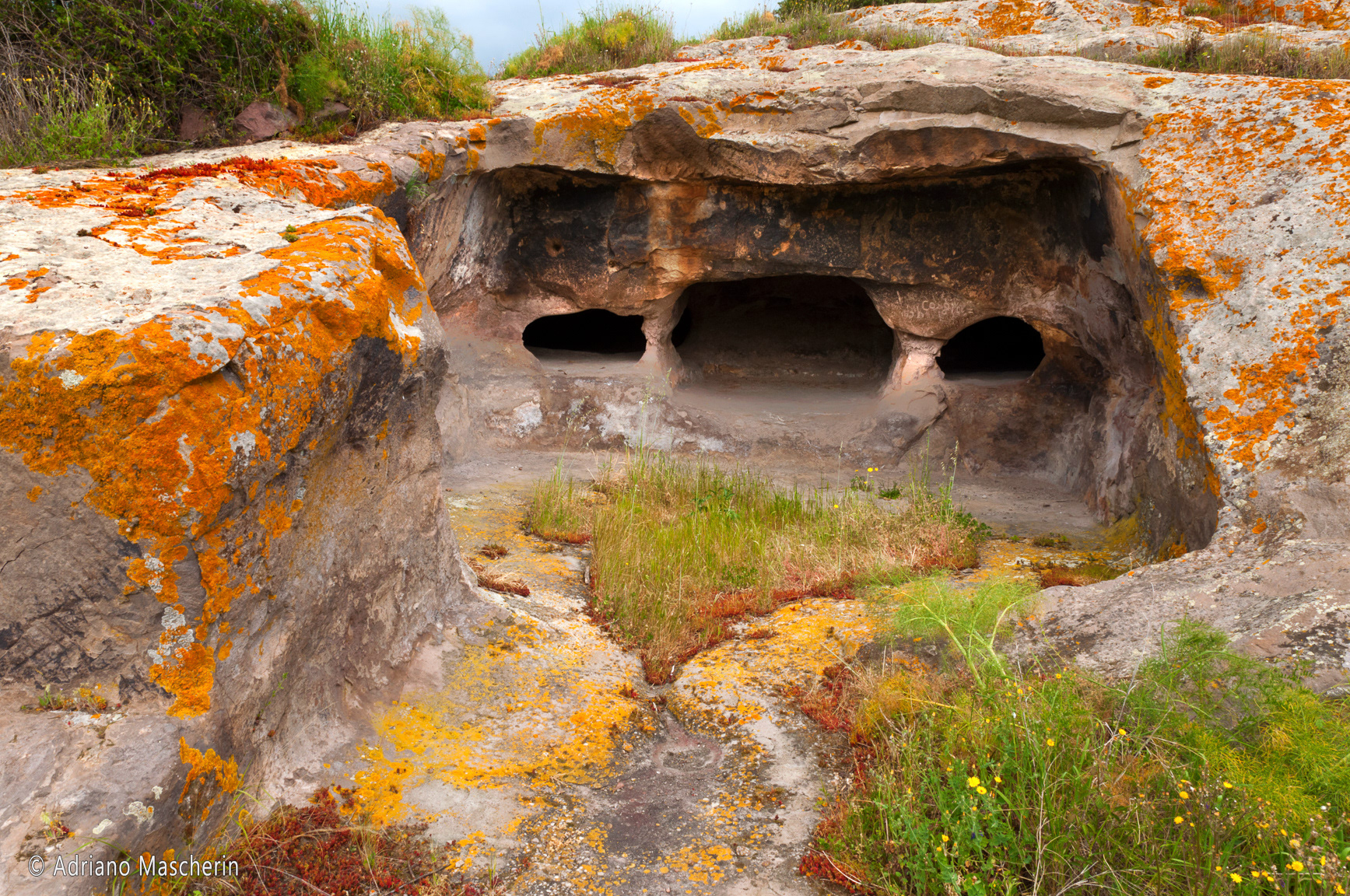
Oniferi - Sas Concas
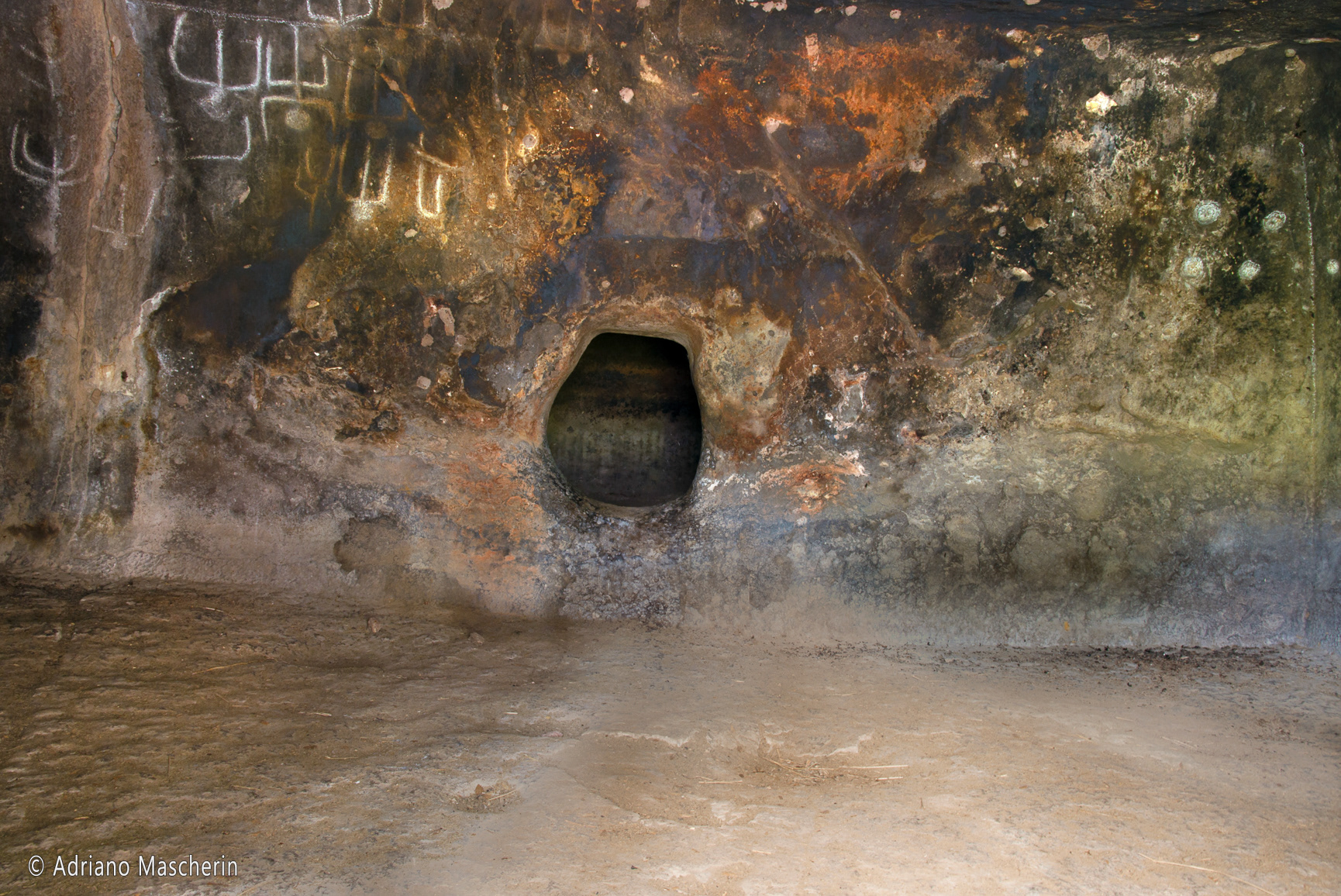
Oniferi - Sas Concas (interno)

Thiesi - Mandra San Antime
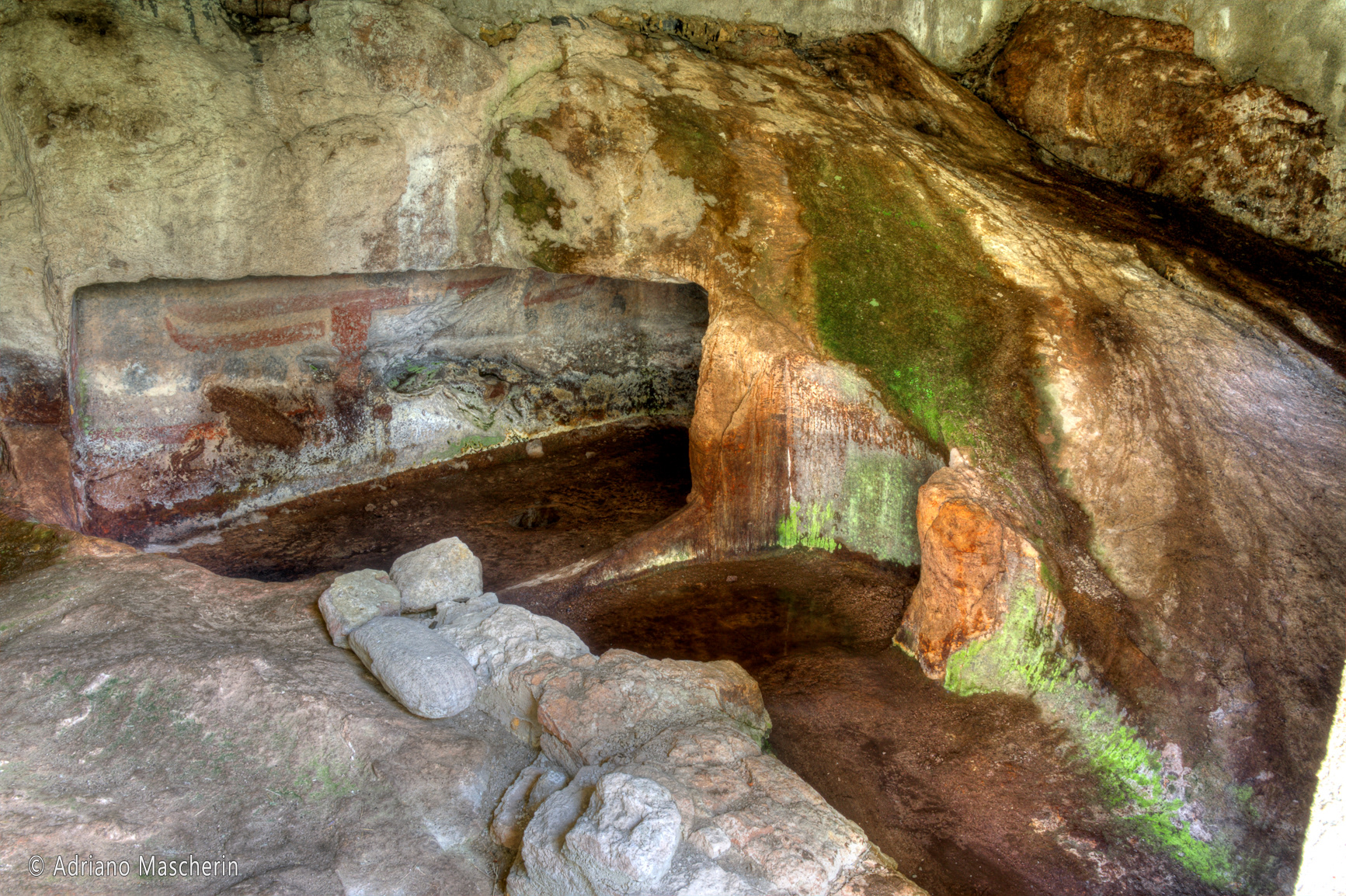
Thiesi - Mandra San Antime
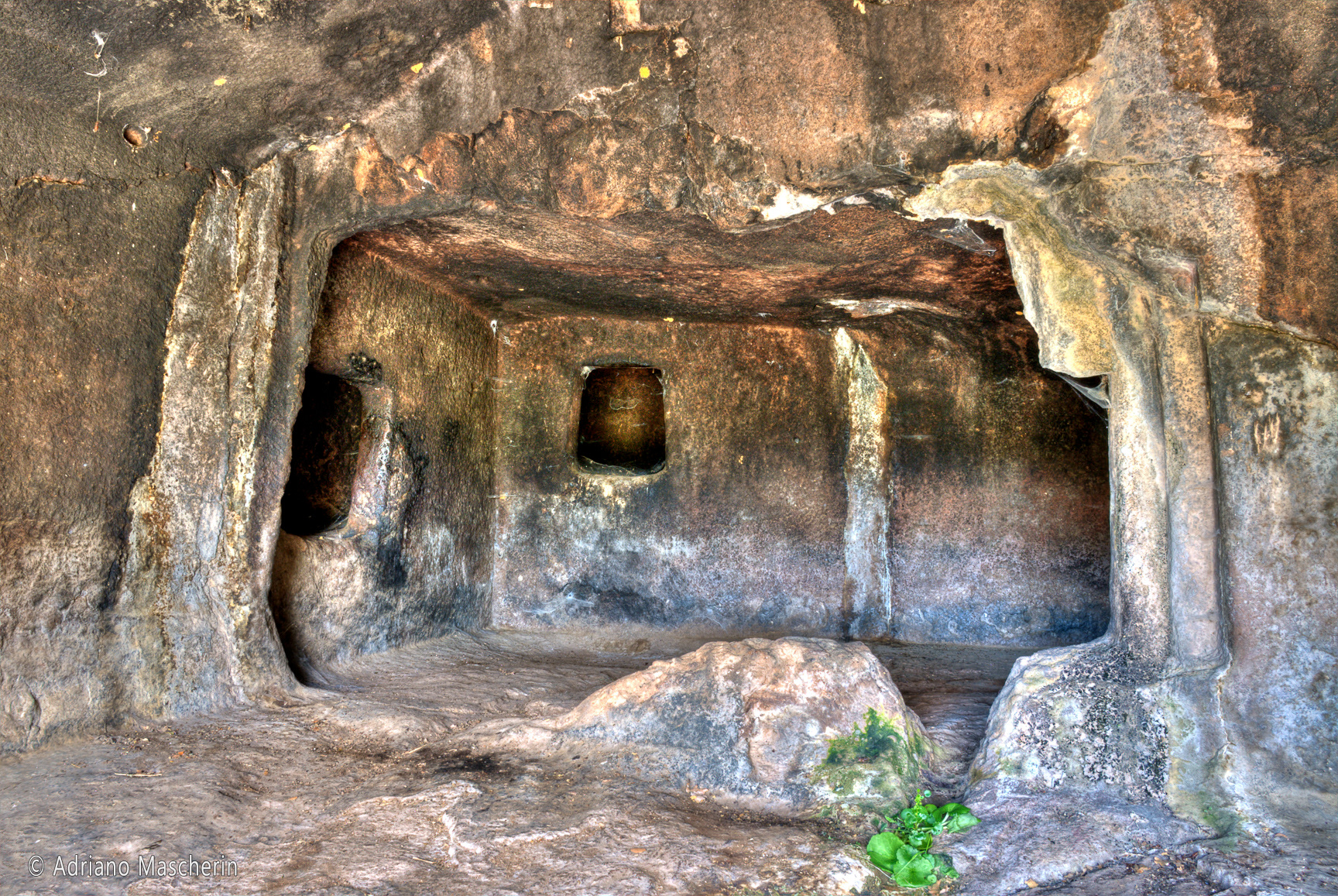
Thiesi - Mandra San Antime

Dorgali - S'Ena Thomes (tomba dei Giganti)
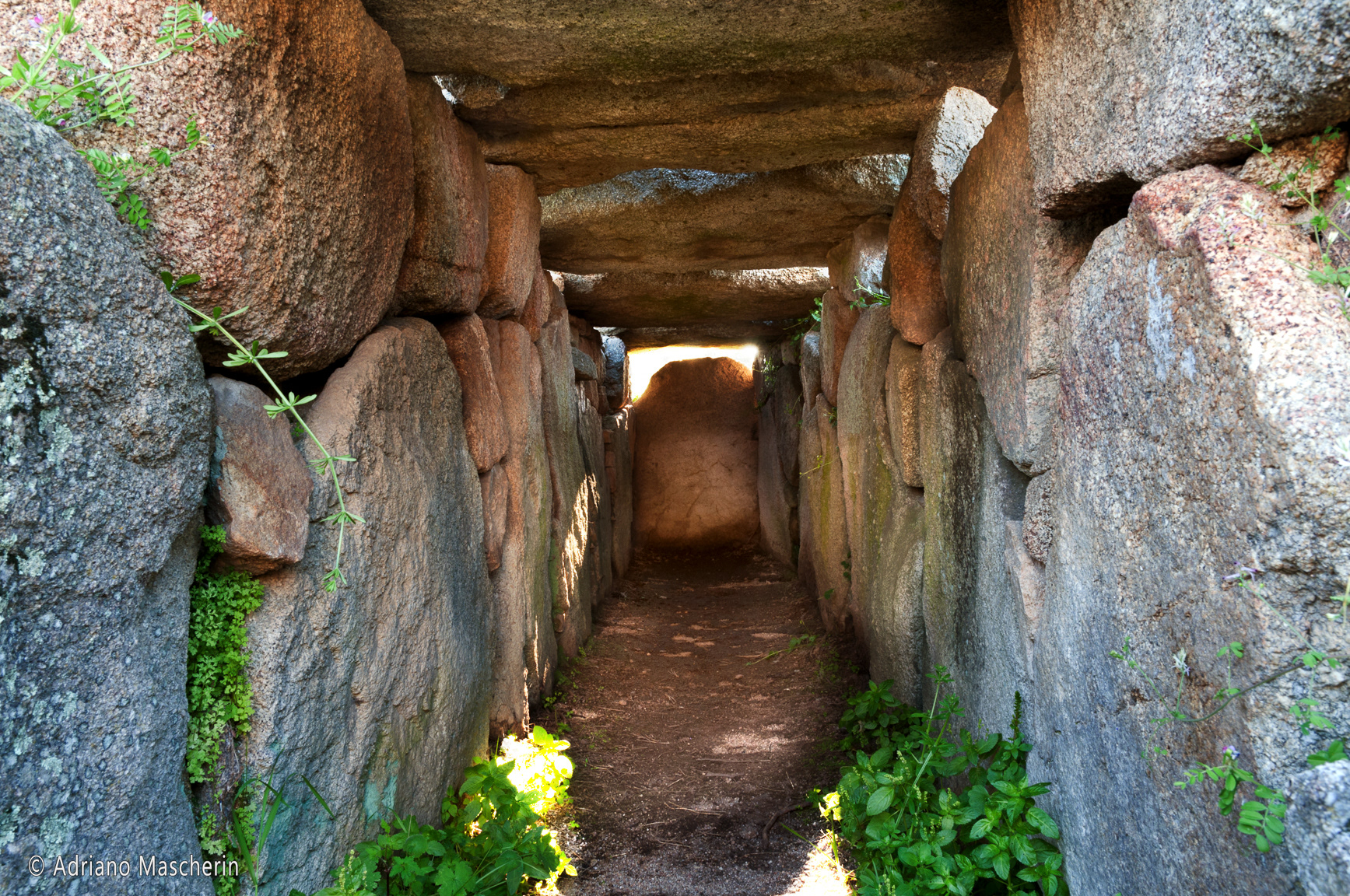
Dorgali - S'Ena Thomes (tomba dei Giganti)

Sedini - Domu de Jana la Rocca

